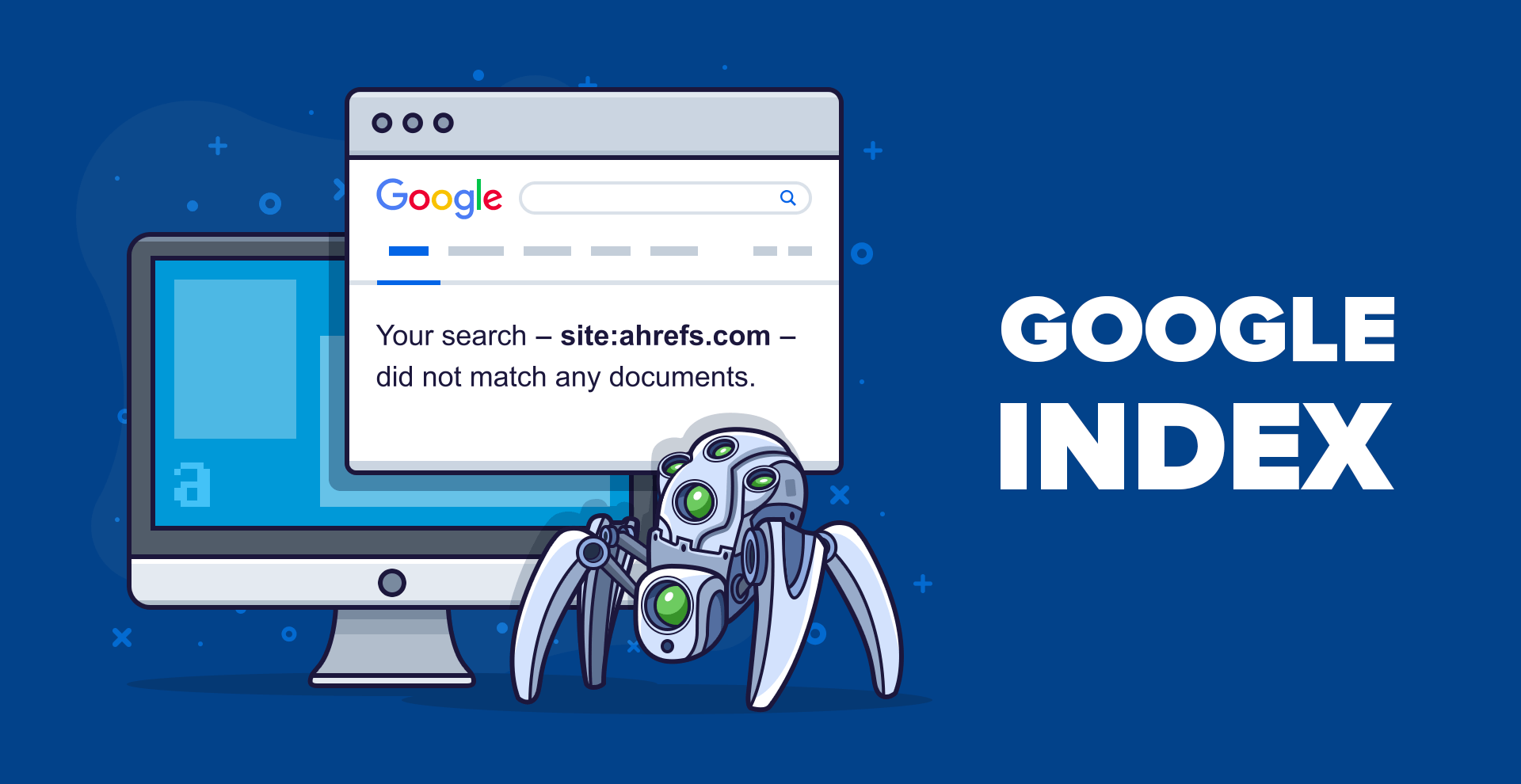
Last Updated on February 11, 2021 by
What is the website indexing?
Website indexing is the method of downloading information from web pages and storing it into databases by search engines. They are doing this as a result of they need to process data to show the most relevant results to their users.
So, online page indexing is very important for websites to display in search engines against user queries. The question is a way of indexing your website.
Several ways facilitate in rising indexing of any website provided by search engines. Below are the ways. But first thing first we need to check out if your website already appears in the index or not.
Metadata Website Indexing
Metadata web indexing involves assigning keywords or phrases to sites or internet sites at intervals a metadata tag (or “meta-tag”) field. So that search engine may retrieve the web page or web site that’s to search the keywords field. This might or might not involve using keywords restricted to a controlled vocabulary list. Search engine Indexing often utilizes this methodology.
Step #1 To check out if your website is already indexed by Google or not?
Unless you’re beginning a spanking new website, your web site is perhaps already indexed. If you’re unsure, here’s a way to establish.
The easiest thanks to checking this is often to go looking site: yourdomain.com in Google. If Google is aware of your website exists and has already crawled it, you’ll see a list of results just like the one for waqarexpert within the screenshot below:
If your site has not appeared in the search result, it means your site is not crawled by google yet. But no worries here goes the method you need to apply for indexing by Google:
XML (Extensible Markup Language) sitemaps
XML (Extensible Markup Language) sitemaps, for websites, are the accumulation of webpage URLs that helps search engines to develop the understanding that however this web site desires to be crawled. Below is a sample URL set that seems in an XML sitemap.
2014-12-25
daily
0.5
[the ad id=”6392″]
Above XML tag justify search engines the URL to be indexed, its last changed data, however often this page changes and what’s the priority of this webpage for its indexing again.
Meta Robots Tag
When search engines visit any webpage they appear for this Meta robot tag. This tag moves them if they’re allowed to index this webpage or not. Below could be a sample that however meta robots tag seems like.
<meta name=”robots” content=”noindex, nofollow” />
The above tag can revoke all visiting search engines from indexing that webpage wherever it presents.
Note: If a webpage doesn’t have a meta robot tag, that page is going to be treated as “index, follow” by default.
Robots.txt
Robots.txt, placed in the root directory of the website, maybe a powerful methodology to permit or compel search engines from indexing web site at large levels.
For instance, if you wish your website to not crawl by any search engine; 1st methodology is to embed the meta no-index tag (explained above) in an entire web site. That would be a bit feverish and there would be probabilities of skipping some webpages if the website isn’t dynamic. However with robots.txt simply two lines can do the work for you.
User-Agent: *
Disallow: /
You are currently thinking that why somebody can ever wish to not index his website? Well, there are often instances when the indexing of webpages may also harmful for an internet site, particularly if the website is in the development method.
[the ad id=”6394″]
Other Approaches that facilitate indexing at Page Level
Below mentioned techniques facilitate in indexing a website at the page level;
- Pings to search Engines: you’ll be able to additionally send pings to search engines that a brand new webpage has appeared on your web site and request them to index them. For instance, “Fetch as Google”.
- Internal and/or External Links: Search engines also index webpages after joining from other locations.
Step#2 Download Google Search Console and Google Analytics
Here’s a fast breakdown of these free Google tools,
Google Analytics: Measures stats regarding your website like visitors, time spent on web site, what pages they checked out, wherever they’re from, etc.
Google Search Console (formerly referred to as Google Webmaster Tools): It permits you to observe different aspects of your web site. For example, site crawling updates, any indexing errors, security problems, etc.
Search Console additionally permits you to manage some key aspects of however you appear in search results and manually submit sitemaps — I’ll cover all of this shortly during this article.
But first, let’s get originated.
To set up Google Analytics, click here and sign up along with your Google account.
This would be either your @gmail.com email address or your @mydomain.com email address if you use Google’s G Suite for Business service.
Step#3 Make your content marketing strategy for website indexing
In case I haven’t said it enough, let me say it again: It’s for your profit to own a written content marketing strategy that’s centred on search results.
But don’t take my word for it.
From the marketing Institute: “Those with a documented content marketing strategy:
- Are much more likely to think about themselves as effective at content marketing
- Feel considerably less challenged with each aspect of content marketing
- Consider themselves more efficient in their use of all content marketing techniques and their social media channels
- Can justify spending the next proportion of their marketing budget on content marketing”
Step #4 Check your Google Crawl error frequently
This step is admittedly necessary for maintaining your indexing frequency. I prefer to examine for crawl errors at least once a month for my websites.
To check for crawl errors, open up Search Console.
On the left, click on Crawl -> Crawl Errors.
This screen can show you any errors the Googlebot bumped into when crawling your website, like 404 errors.
For more clarification of website indexing watch:
Summary
Website indexing is the way of your appearance in your user’s search results. Search engines crawl your website and store your information in their database so whenever a user search relative information will appear to him or them. However, Robot.txt, XML sitemaps, internal/external links help in recognition by Google and other search engine crawlers.






